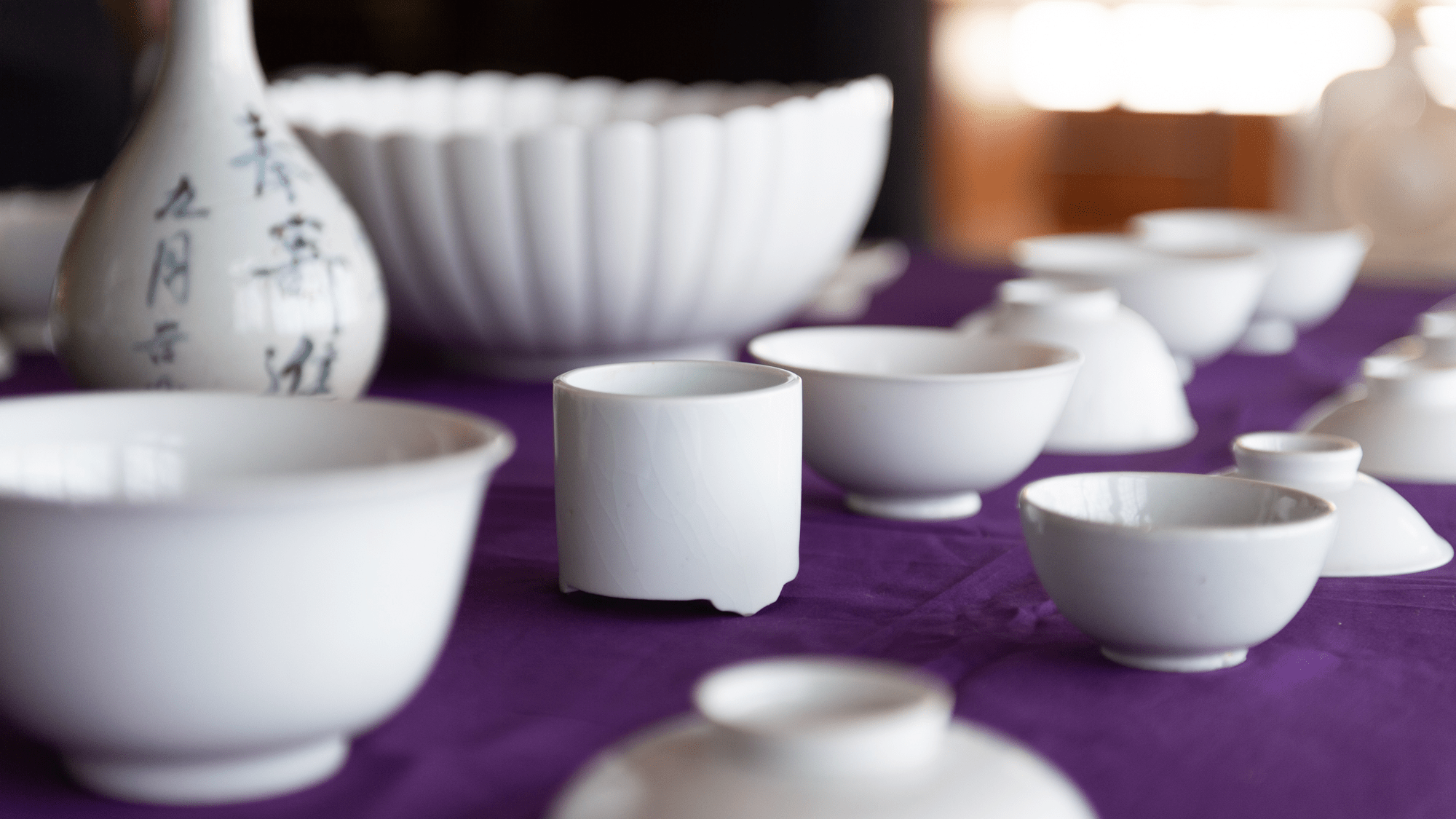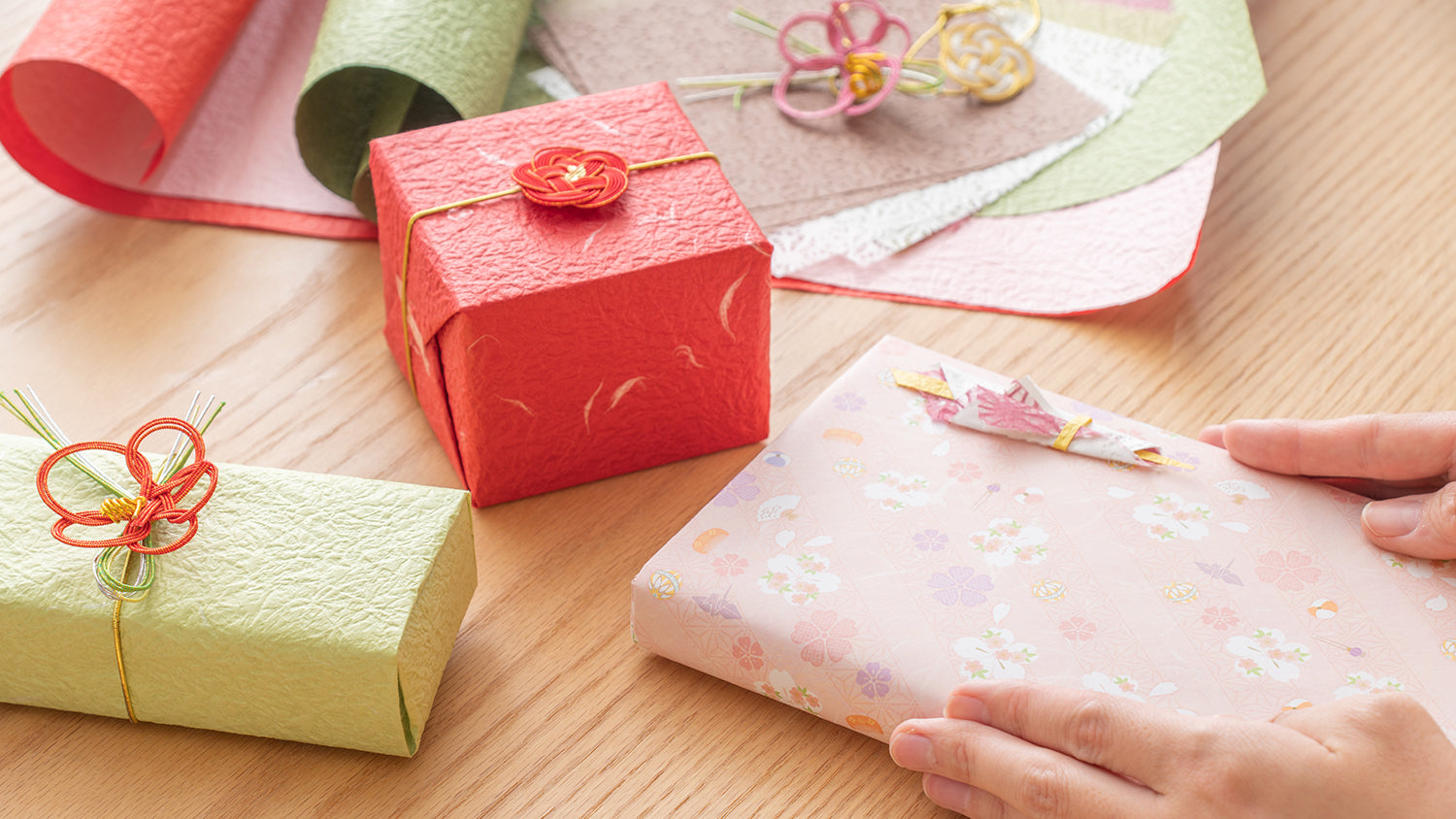
The Story of Lost Porcelain: A Journey Through Zentoku-ji
Written by Team MUSUBI
Situated amidst the picturesque vistas of Usuki City in Kyushu is Zentoku-ji, a temple echoing with tales from epochs past. The walls and grounds of this historic sanctuary speak of Japan's profound spiritual and cultural legacy.
In this article we will introduce the history of Usuki ware, a legendary porcelain ware which once thrived in Usuki, and how it was rediscovered near Zentoku-ji.
Join us as we traverse the temple's sacred realms, delving into stories of ancient porcelain fragments, the passion of a young boy who would ascend to its guardian priest, and the artifacts that connect the temple to the grand tapestry of Japanese heritage.

tables of contents
The Ancient Kiln of Usuki Ware: A Lost Art Rediscovered

Found in a valley surrounded by low hills and now shrouded in bamboo thickets and various trees, traces of this kiln are discerned through pottery fragments found in nearby streams. Adorned with characteristic petal-shaped rim, these ceramics often feature blue paintings or remain undecorated, presenting an understated, rustic beauty.

Hidden within the temple grounds lies a significant fragment of this Usuki ware's artistic past - the former ground of the kiln. This kiln site, now a silent witness to bygone eras, was once the bustling heart of Usuki ware porcelain production. The fragments and remains found at this site hint at a once-thriving artisan community, creating delicate porcelain pieces that were sought after throughout the region.
The tradition of Usuki ware, believed to have been lost to time, has experienced a renaissance in recent years, reborn as the now-celebrated USUKIYAKI. The legacy of the ancient kiln, combined with contemporary artistic sensibilities, has brought forth a new era for porcelain artistry in Usuki.
Temple's Head Priest: The Young Boy Who Unearthed Usuki Ware

In the tranquil landscapes surrounding Zentoku-ji, the echoing laughter of a young boy once resonated through the mountains. This boy, who would later become the respected priest of the temple, spent his youthful days exploring the rolling hills, dense forests, and craggy terrains. The mountains weren't just a backdrop to the temple; for him, they were a vast playground filled with nature's wonders and mysteries waiting to be uncovered.
One of the most captivating treasures he stumbled upon during his adventures was the fragments of delicate porcelain. To his innocent eyes, these shards, decorated with intricate patterns and faded hues, were like pieces of a forgotten story. Excitedly, he would gather them, holding them up to the light to marvel at their translucent beauty before placing them safely in a pouch to bring home. Every discovery was a story, a fragment of history that he was piecing together from the whispers of the past.


At that time, tales of the legendary Usuki ware were no secret to the locals. However, while many knew of its existence, few had ever seen the actual fragments of this legendary porcelain. The shards remained elusive, hidden in the folds of the mountains, waiting for an eager soul to unearth them. And so, it was quite the talk of the town when this young boy began returning from the mountains with pieces of the very porcelain they had only heard tales of.
For the young adventurer, the joy was twofold. The thrill of playing amidst the verdant woods and pristine streams was heightened by the anticipation of discovering these ancient remnants. With each fragment he found, he was not just gathering pieces of porcelain, but also piecing together a legacy, which later, as the head priest of Zentoku-ji, he would come to deeply cherish and share with the generations that followed.
Treasures of Zentoku-ji: Artifacts Bearing Centuries of History



In reflecting upon our time at Zentoku-ji, it is evident that this temple is not merely a place of worship, but a living tapestry of history, artistry, and personal narratives. The temple's walls whisper tales of ancient porcelain artisans and the priest's childhood adventures. Zentoku-ji, in its timeless grace, serves as a testament to the enduring spirit of Usuki's culture, traditions, and the people who have woven their tales into its fabric. As visitors, we are left with a profound sense of reverence, not only for the temple itself but for the stories it cradles and the legacy it continues to shape for the generations to come.










Leave a comment
This site is protected by hCaptcha and the hCaptcha Privacy Policy and Terms of Service apply.